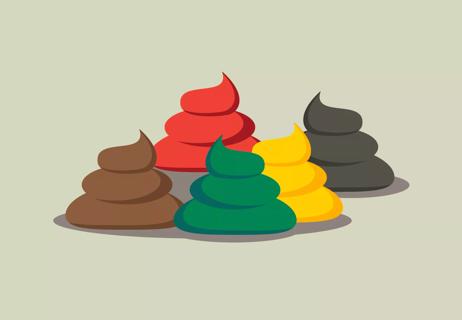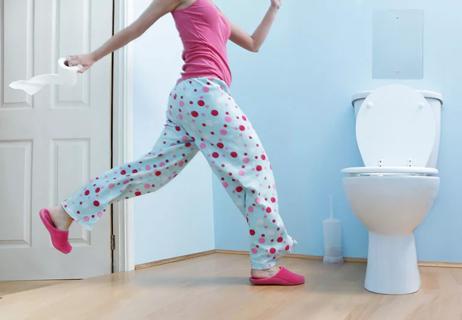The short answer from a registered dietitian

A: There’s a simple scientific explanation for the plate-to-poop journey of that corn kernel you gnawed off of a cob or scooped off your plate. To understand it, though, you need to grow your corn knowledge.
Advertisement
Cleveland Clinic is a non-profit academic medical center. Advertising on our site helps support our mission. We do not endorse non-Cleveland Clinic products or services. Policy
Corn kernels are actually seeds. The interior of the kernel holds the germ, or corn embryo. The germ is surrounded by a starchy food supply (endosperm) that feeds the seed after it germinates.
This is tasty and nutritious stuff, both for humans and billions of insects looking for a field snack.
That brings us to the kernel’s protective hull, or shell. The highlight of this outer layer is a waxy coating of cellulose. The bonds connecting cellulose molecules are very strong, creating what amounts to a survival defense shield.
How tough is that fibrous shell of cellulose? Well, it’s tough enough to withstand the rigors of the human digestive system. That’s why the casing of the corn kernel passes through your system looking fully intact.
The inside of the kernel, however, does break down in your stomach and intestines. That allows you to absorb nutrients such as fiber, vitamin C and magnesium from the corn you ate.
If you find the reappearance of corn after a meal a bit unappetizing, there is a solution: chew more. Grinding corn between your teeth helps break down the outer casing of the kernel and reduce the colorful additions to bowel movements.
One more fact, too, as sweet corn starts popping up at markets: The average ear of corn includes about 800 kernels. That’s a lot of opportunity for pops of color in your poop after eating corn on the cob.
Advertisement
— Dietitian Beth Czerwony, RD
Advertisement
Learn more about our editorial process.
Advertisement

Poop that’s green, red or some other hue is probably due to something you ate — but it could be a sign of health issues, too

Your #2 can be the #1 sign of a medical issue

There’s usually a simple answer, but it also can be a reason for concern

What’s normal? When to worry?

What are your bowel movements telling you?

The Short Answer from physician experts

Despite unhealthy side effects, 40% of adult Americans still pee in pools

From odors to colors, it’s more than OK to ask your doctor these questions

Type 2 diabetes isn’t inevitable with these dietary changes

Applying a hot or cold compress can help with pain